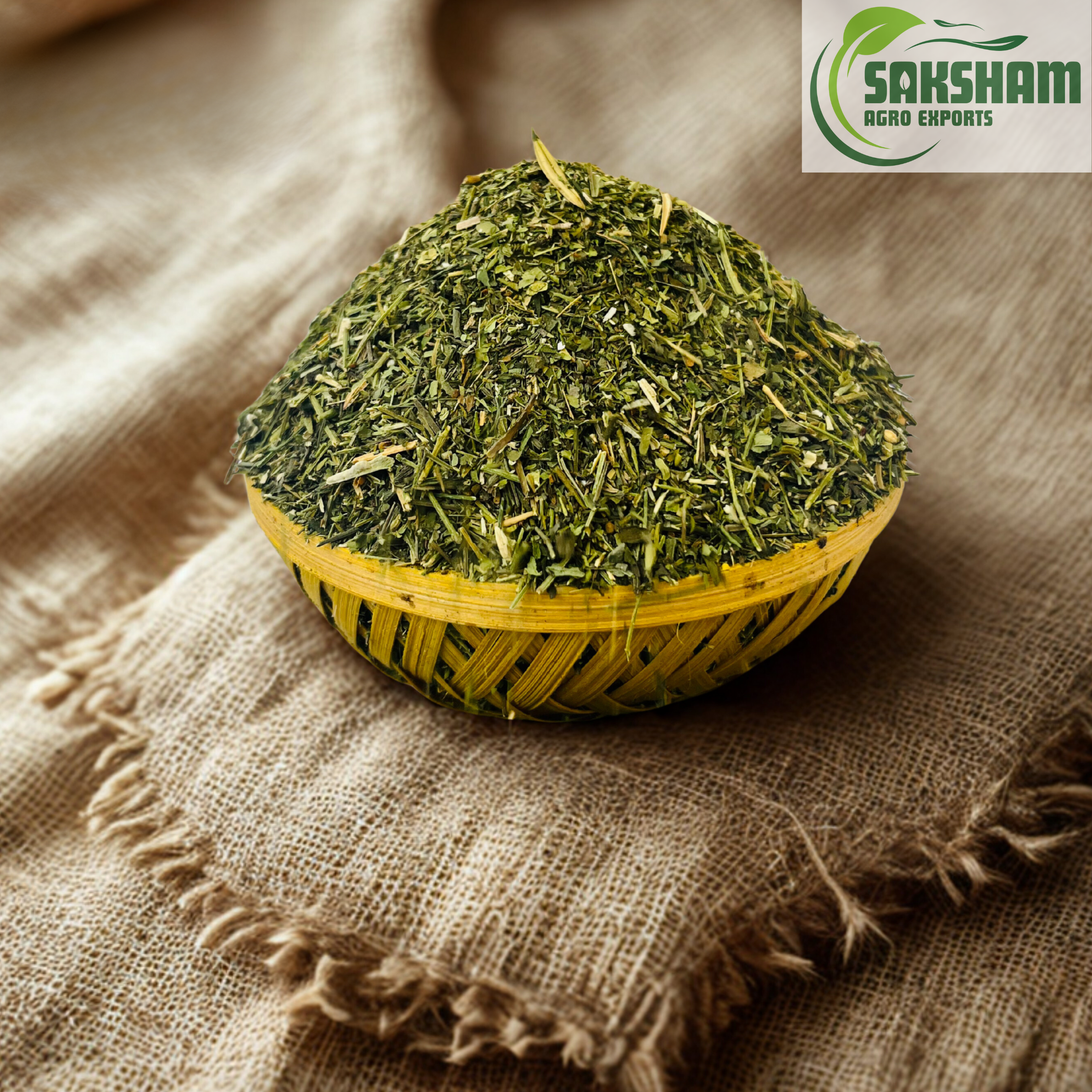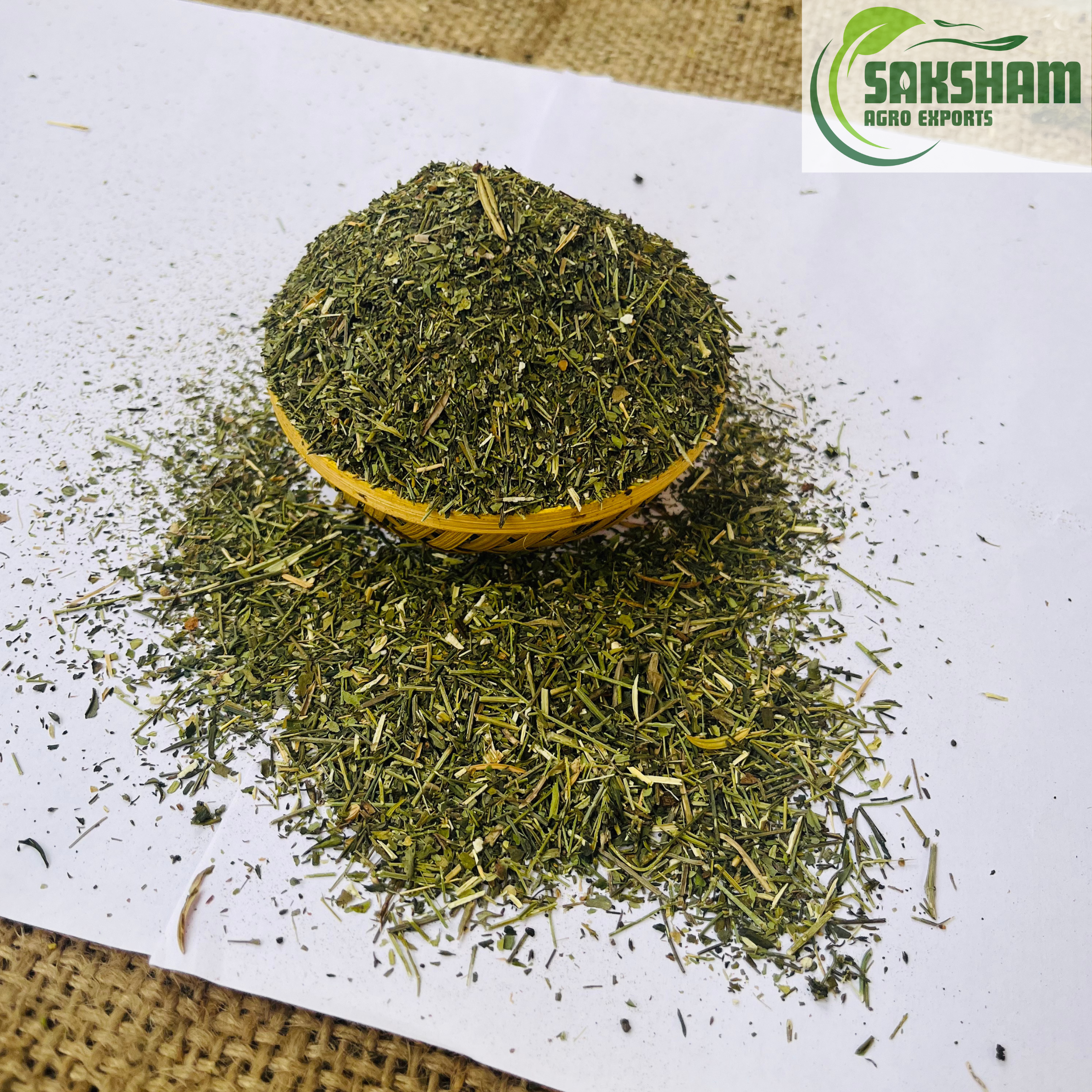Chirata (Swertia chirayita)


Scientific Name
- Swertia chirayita
Common Names
- English: Chirata, Indian Gentian
- Hindi: Chirayata
Description
Chirata, scientifically known as Swertia chirayita, is an annual herb native to the Himalayan region and commonly found in India, Nepal, and Bhutan. The plant is characterized by its tall stems and bitter-tasting leaves, which are traditionally used in Ayurvedic and Unani medicine. Chirata is primarily valued for its blood-purifying, anti-malarial, and liver-supporting properties.
Health Benefits
Chirata is widely recognized in Ayurveda, Siddha, and Unani systems of medicine, mainly for its bitter tonic and detoxifying properties:
- Liver Health – detoxifies liver, protects against jaundice and hepatitis.
- Digestive Aid – improves appetite, relieves indigestion, constipation, and acidity.
- Blood Purification – effective in skin diseases like acne, eczema, and psoriasis.
- Anti-malarial & Antipyretic – traditionally used to reduce fever (including malarial fever).
- Controls Blood Sugar – helps in regulating diabetes naturally.
Usage
Chirata is mainly used in Ayurvedic and traditional remedies:
- Medicinal Preparations
- Powder (Churna) – taken with water or honey for liver and digestive health.
- Kadha (Herbal Decoction) – boiled herb used for fever, malaria, and detoxification.
- Tablets/Capsules – standardized extract for diabetes and liver health.
- Chirata Juice – consumed in small doses for skin problems and immunity.
- Topical Use
- Applied externally in paste form for wounds, skin infections, and eczema.